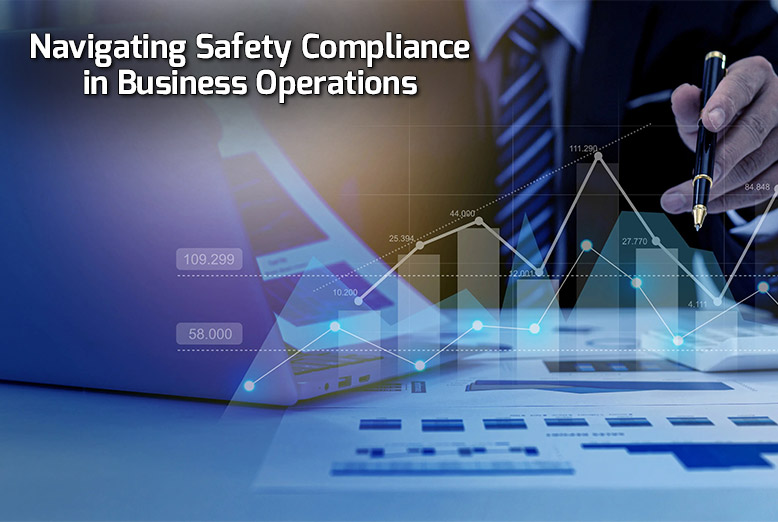Is safety compliance hard to manage in daily business tasks?
Rules change, and keeping up can feel tough. Missing key steps may lead to fines, delays, or risks that hurt success. Knowing and following safety rules helps things run smoothly and keeps workers safe.
From workplace rules to industry laws, taking the right steps makes a big difference. Safety compliance is more than just rules; it builds trust and keeps things on track.
With the right plan, meeting safety standards can be easy. Ready to learn how to make safety compliance simple and keep business running strong?
Workplace Safety Standards
Workplace safety rules help prevent accidents and keep work running smoothly. Clear steps for using tools, handling hazards, and responding to emergencies make the workplace safer.
Safe work areas have warning signs, safety gear, and well-kept equipment. Good lighting, fresh air, and tidy spaces also help prevent harm. Businesses that follow safety rules give workers a better place to do their jobs.
A safe workplace means fewer injuries and better work results. Safety should always come first, not be an afterthought. With the right steps in place, workers can stay focused, get more done, and feel safe while working.
Regulatory Compliance
Laws and rules help businesses stay safe and avoid trouble. Following these rules prevents fines and keeps workers and customers protected. Each industry has different safety rules, from handling materials to keeping records.
Staying updated on rule changes helps avoid mistakes. Some businesses need special permits or safety plans to follow the law. Clear rules make it easier to stay on track without slowing down work.
Taking the right steps helps businesses run smoothly and avoid problems. Some jobs also need extra safety training, like CPR First Aid BBP Certification, to make sure workers know what to do in an emergency.
Employee Training and Awareness
Workers need the right skills to do their jobs safely. Training shows them how to spot dangers, use tools the right way, and follow safety steps. Clear instructions help prevent accidents and keep everyone safe.
Regular lessons remind workers about new risks and better ways to stay safe. Simple guides, hands-on practice, and safety drills make learning easier. Knowing what to do in an emergency helps workers stay calm and act fast.
A workplace with trained workers runs better and avoids mistakes. Safety is a team effort, and learning helps everyone stay alert. With the right training, workers feel ready and sure about their tasks every day.
Regular Inspections and Audits
Checking the workplace often helps find safety problems before they get worse. Inspections make sure tools, machines, and work areas are safe to use. Audits check if safety rules are being followed.
Fixing small problems early stops bigger ones later. Keeping notes on past checks helps track changes and find risks. Regular checks also show if safety rules need updates.
A safe workplace does not happen by itself-it takes careful checking and quick fixes. With routine checks, businesses can keep work running well and keep everyone safe.
Ensuring Safety Compliance for a Stronger Workplace
Following safety rules helps keep the workplace safe and running well. Clear steps, regular checks, and the right training reduce risks and prevent problems. A strong safety plan protects workers and keeps business operations smooth.
Small efforts each day make a big difference in the long run. By staying alert and following safety rules, businesses create a better place for everyone to work and grow.
Did you find this article helpful? You can check out our website for more awesome content like this.
Also Read: Why Secure Data Sharing Is a Key Business Strategy in 2025

















